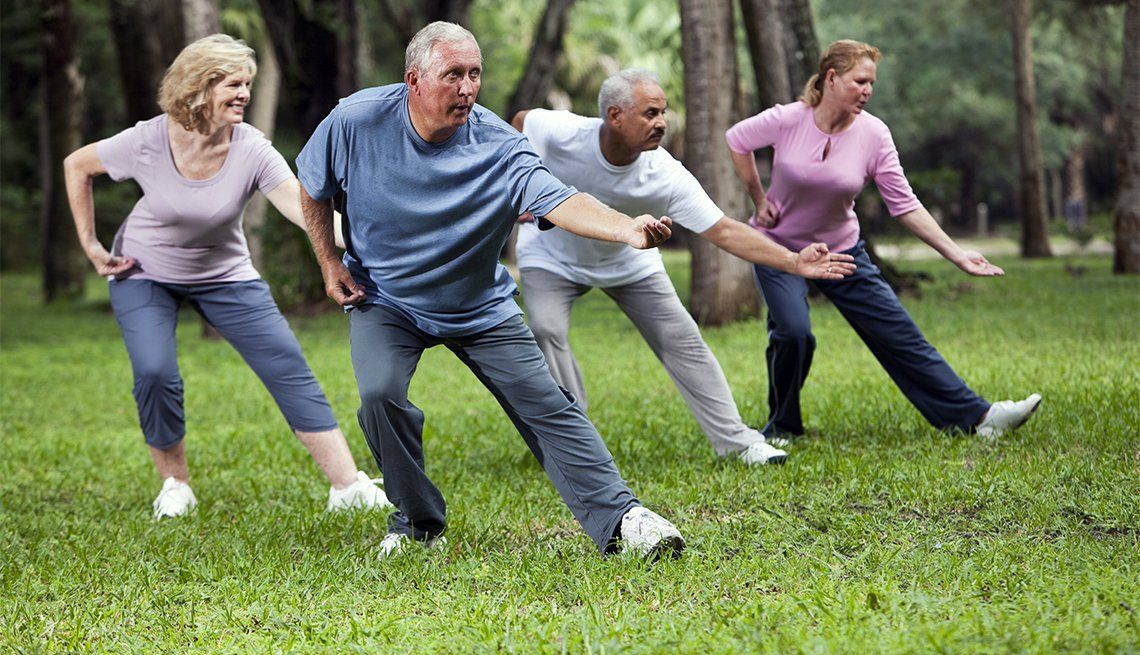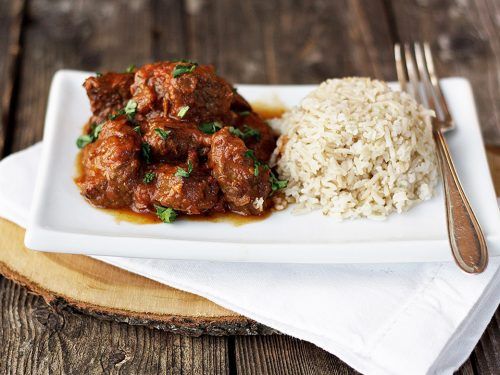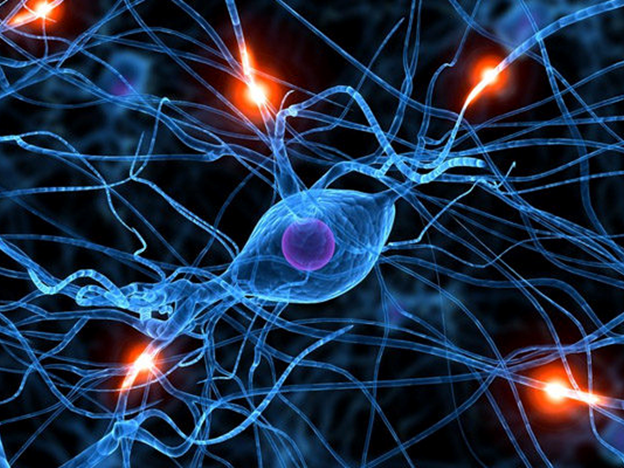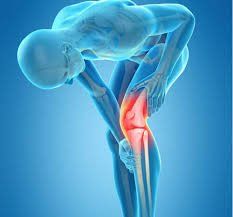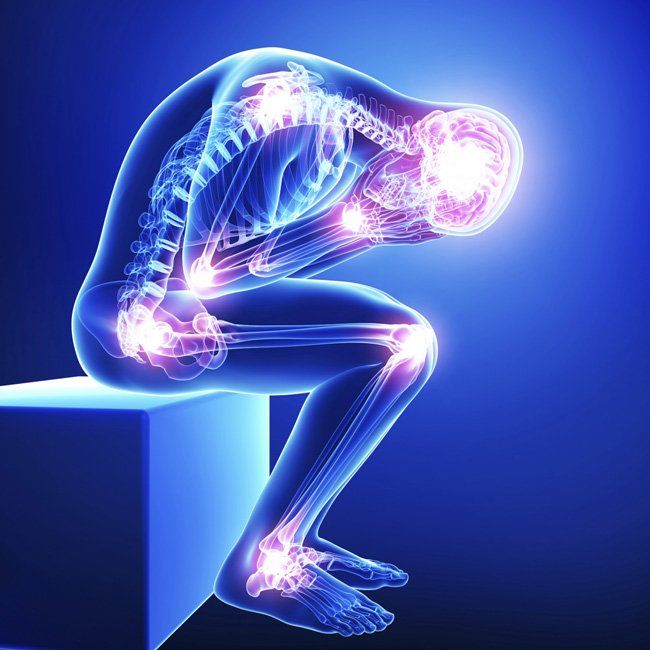Tai Chi- Moving Medicine
On the Path to Improved and Safer Movement

The Two are Becoming One
As Western medical practice continues to evolve and change, we are seeing growing influence from ancient and holistic forms of healthcare. More and more, integrative and complementary Eastern medical therapies are working side by side with conventional Western medicine to provide a more well-rounded and holistic approach to treating disease and improving the quality of life. As these approaches to healthcare seek to understand one another and work together, an important aspect of that relationship is to create a common language between the two, a way to communicate ideas and create understanding for the benefit of the public.Providing a Shape to the Art
The ancient Eastern martial art of Tai Chi is quickly gaining popularity here in the West as a means of healing and exercise. The Western public is starting to hear more about Tai Chi through friends, social media outlets, publications in health/wellness journals and from their healthcare practitioners. Defining Tai Chi is quite a challenge, but we will attempt to provide clarity on what this practice is and shed some light on its long history. Tai Chi can be an effective complement to many therapies and can be a key intervention in promoting health and wellness.To truly explore and discuss the complexities of Tai Chi, its history and philosophy, is beyond the scope of this article. My desire here is to create some sense of shape to the idea of Tai Chi and eventually, our application of this therapy as rehabilitation professionals. According to Dr. Peter Wayne of Harvard University“Tai Chi is a mind-body exercise that is rooted in multiple Asian traditions, including martial arts, traditional Chinese medicine, and philosophy. Tai Chi training integrates slow and intentional movements with breathing and cognitive skills (mindfulness and imagery). Its aim is to strengthen, relax and integrate the physical mind and body, enhance the natural flow of Qi (pronounced “Chee”), and improve health, personal development and self defense.” The word Tai Chi is literally translated as “Supreme Ultimate” , “Grand Ultimate” or “ Grand Ultimate Fist” (if written as Tai Chi Chuan). You may see the word Tai Chi written in several forms depending on the translation, Tai Chi Chuan, t’ai Chi ch’uan, taijiquan, tai ji chuan, or tai ji quan.
A Little Back Story
Historically, Tai Chi training and development was passed along only within families directly.The history and the development of Tai Chi has evolved over thousands of years of Chinese culture, but the forms we currently see as Tai Chi have developed only in the last 200-300 years.Literature on the practice was rare but published writings on the subject increased dramatically during the 20th century. Public resources in the form of books, videos and programs have continued to grow well into the 21st century. There are 5 main families or styles which are Chen, Yang, Wu, Wu/Hao, and Sun. Chen-style is typically credited with being the oldest and the one that the others can trace their lineage back to. Yang-style is the most widely practiced style throughout the world today. Although the different styles of Tai Chi share common, basic principles and concepts, there will be differences on the training or how they are expressed within each of those styles. Exploring the richness and complexity in the evolution of Tai Chi and the philosophy that comprises it is well beyond the scope of this article. I encourage the reader to look further to experience more of what Tai Chi is and how it has come to be.
Science is Playing a Role
As stated earlier, East and West are meeting with the common goal of understanding and complementing each other for the benefit of medicine. Scientists, Tai Chi masters and practitioners are working together to promote this ancient practice and its benefits better. One such scientist is Dr. Peter Wayne. Dr. Wayne is a research biologist and Associate Professor of Medicine at Harvard Medical School. He is also the Director of the Osher Center for Integrative Medicine at Harvard University. In addition to his academic and research pursuits, Dr. Wayne is long-time Tai Chi practitioner and teacher as well as the founder of the Tree of Life Tai Chi Center. At the center, Dr. Wayne has created a community-based program for students to study the art, practitioners and professionals to become instructors, and an atmosphere for continued research. Adding to his contributions to the study of Tai Chi and complementary medicine, Dr. Wayne authored the book, The Harvard Medical School Guide to Tai Chi . Please visit the Osher Center Website for additional information on Dr. Wayne. Another pioneer in bringing Eastern and Western medicine together through Tai Chi and complementary medicine is Dr. Paul Lam. Dr. Lam is the founder of the Tai Chi for Health Institute based out of Australia. He is a retired Family Practice physician with over 40 years experience in treating patients. Dr. Lam has an inspirational story of living through the communist takeover of China and finally coming to Australia. As a result of the hardship and privation of early Communist China, Dr. Lam had developed arthritis early on in his life. In order to deal with the pain and loss of movement, he turned to Tai Chi. This was the catalyst that pushed Dr. Lam to medicine and sharing Tai Chi with the world. Dr. Lam has won International Tai Chi competitions, as well as been apart of the judging panel for many International competitions. Dr. Lam created the Tai Chi for Health Institute in order to develop and share Tai Chi. The Institute has developed a detailed curriculum that is governed by a board in order to train instructors, provide resources to the public, as well as contribute to ongoing research. Dr. Lam has created both simplified and advanced Tai Chi programs that incorporate different styles, focusing on different conditions. Dr. Lam’s programs have been recommended by the Centers for Disease Control(CDC), Administration on Ageing and the Arthritis Foundation worldwide. For additional information on Dr. Lam and the Tai Chi Institute for Health, please visit taichiforhealthinstitute.org.
Tai Chi Benefits in Rehabilitation
Dr. Peter Wayne’s book, The Harvard Medical School Guide to Tai Chi , is an excellent example of east meets west in medicine. In his book, Dr. Wayne discusses what he calls “the 8 active ingredients of Tai Chi”. I feel this is an excellent, concise representation of what Tai Chi has to offer to rehabilitation and recovery.
- Awareness
- This is quite possibly the most important and probably one of the most challenging aspects to Tai Chi. Focused attention on the present moment, the breath, movements, and position of the bod y
- Intention
- This incorporates belief and expectation, as well as imagery and visualization. With improved mental focus and intention, Tai Chi can contribute to improved motor control and movement quality.
- Structural Integration
- The practitioner works with understanding postural awareness and correction, learning correct bio-mechanical movement patterns with improved postural alignment and breathing. Tai Chi can assist in the restoration of gait mechanics and normalizing walking after surgery or injury.
- Active Relaxation
- Slow, circular, flowing movements and breathing can help to ease stress as well as assist in mitigating pain.
- Strengthening and Flexibility
- Tai Chi is considered a moderate aerobic activity equivalent to moderate pace walking. The slow, controlled movements and time spent with weight on a single leg during weight transference contributes to improved dynamic flexibility and strength as well as improved stability.Tai Chi has been shown to decrease fall risk. Almost anyone can participate in Tai Chi. Its slow, gentle movement can be performed seated or standing.
- Natural, Freer Breathing
- Tai Chi can contribute to improved breathing mechanics, gas exchange, changes in nervous system activity, and decreased stress. This can also contribute to mitigating pain. Changes in intra-abdominal pressure with breathing can stimulate and massage the internal organs.Tai chi can be helpful for people with COPD and other breathing conditions.
- Social Support
- Many of the people that seek Tai Chi may be dealing with difficult circumstances in regards to their health. Although Tai Chi can be practiced alone, the connection between students as well as between the students and the teacher in a class setting can be an extremely important aspect to the healing process.
- Embodied Spirituality
- This is looking more holistically the mind, body and spirit, integrating that into your personal spiritual practice to amplify the therapeutic benefits of your Tai Chi practice.
- This is looking more holistically the mind, body and spirit, integrating that into your personal spiritual practice to amplify the therapeutic benefits of your Tai Chi practice.
Tai Chi can be an excellent adjunct to any rehabilitation and exercise program. There are over 700+ research articles on the subject. It can be used to assist in addressing a broad array of issues or simply to provide an enjoyable and stress relieving activity. Our therapy team is always looking to incorporate the most effective, evidence-based treatment approaches in order to assist our patients to achieve their functional goals. Tai Chi is one such tool. For community- based Tai Chi, look at your local YMCA, senior center or community center websites. Try it! You will enjoy it!
